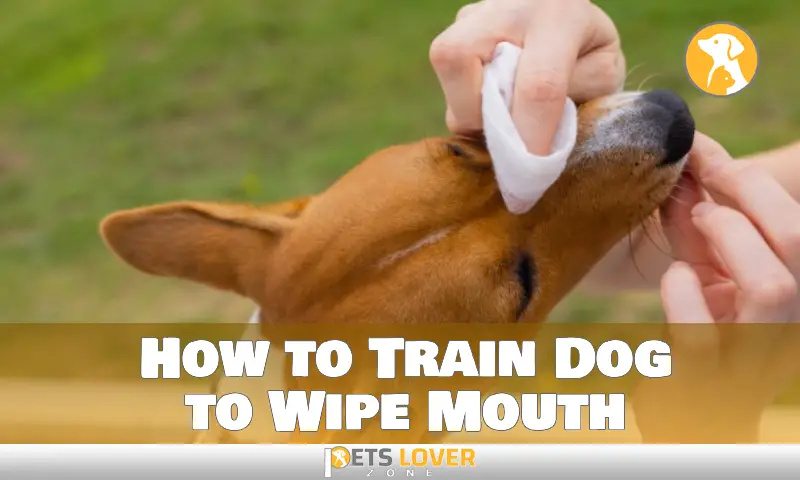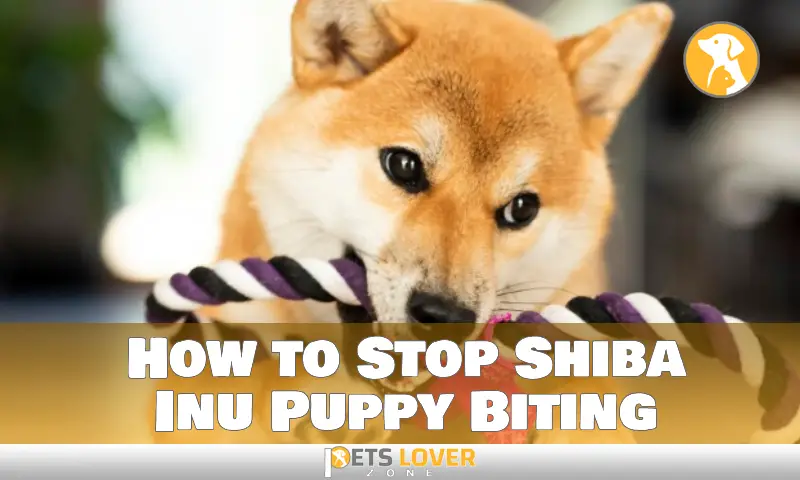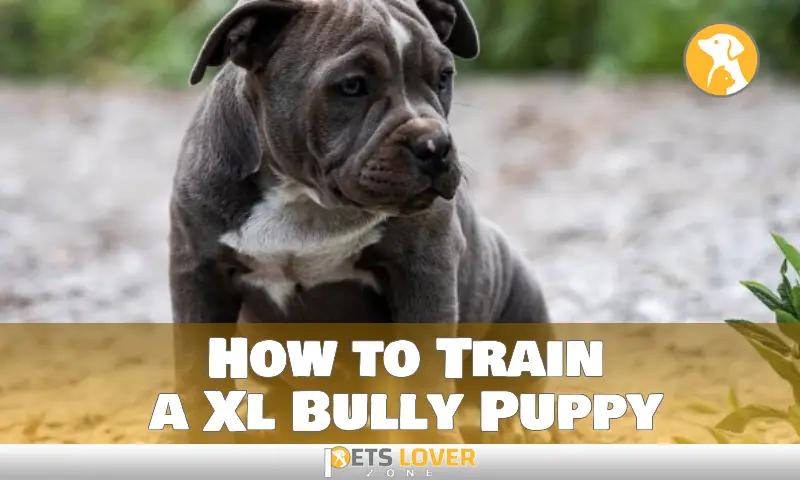Potty training your Basset Hound puppy doesn’t have to be an intimidating task. With a little patience and some positive reinforcement, you can teach your puppy to go potty in the right place.
When it comes to potty training a Basset Hound puppy, consistency is key. Establishing a consistent schedule for meal times, walks and potty breaks will help your puppy understand their routine and make it easier for them to learn where they should go potty.
It also helps to reward your puppy with praise every time they go potty in the right place. This positive reinforcement will encourage them to continue going in the right spot and make it easier for them to learn where they should do their business.
In this blog post, we’ll provide step-by-step instructions on how you can successfully potty train your Basset Hound puppy.
Preparing for Potty Training
Potty training your basset hound puppy is one of the most important steps in transitioning them from a pup to an adult. But before you can get started, there’s a few things you need to do in order to prepare.
First, it’s important to familiarize your puppy with words that you’ll be using while potty training. This means having words and phrases at the ready for referring to urinating and defecating, such as “go potty” or “eliminate.”
Next, set up a designated area for the process. This can either be a potty chair in their bathroom or the area where they tend to spend most of their time. It should be placed in a quiet corner for privacy and contain some sort of material that absorbs urine (e.g., newspaper, pee pads). Additionally, provide items like treats and toys that will encourage them for using the area correctly and give them positive reinforcement whenever they do something right.
Finally, when it comes to grown-up behavior, offer lots of praise and rewards so they learn that this type of behavior is acceptable and desirable in your home.
Setting Up a Designated Potty Area
For excellent results, potty training your Basset Hound puppy demands constant attention and persistence. Establishing a dedicated toilet place outside will help you with potty training because your dog will know where to go there.
Choose a location for the designated area that is close enough for you to keep an eye on your dog, far enough away from where people walk or relax, and ideally situated on some sort of grassy space. It’s also critical that the zone be sizable enough to allow the pup unrestricted movement.
Once you’ve chosen the spot, take your puppy there every hour while they’re awake and give them up to five minutes in the spot. If they don’t do their business at this time, just repeat the process in around 15 minutes or so and keep repeating until they understand that this is their designated spot.
If it’s cold or raining outside or if you have a lack of space indoors, puppy pads can also be used as a form of indoor potty training in addition to trips outside—just make sure it’s kept in consistent area to keep his habits predictable.
Establishing a Potty Routine
Training a Basset Hound puppy is not an overnight endeavor – it requires consistency and patience. The most successful way to potty train your pup is to create a routine and stick to it.
The Month-Plus-One Rule
To determine how long your puppy can hold its bladder, use the month-plus-one rule. This says that a puppy can hold it one hour per month of age (for example, a two-month-old pup can hold its bladder for three hours).
Take Puppy Out Regularly
Once you have an idea of how much time your puppy can go between potty breaks, take the pup outside every 45 minutes during waking hours (after meals and after playtime).
Adjust Schedule as Needed
It’s important to adjust the potty break schedule as needed – generally every two weeks by 15-30 minute intervals. Eventually, your pup will learn when it needs to go out and modify its own behavior accordingly.
Making the Most of Praise and Reward
Praise is a powerful tool that can help you potty train your Basset Hound puppy. When done correctly, praise and reward can promote appropriate behavior or positive values.
Specifically, research shows that specific praise is more effective than generic praise. For example, rather than simply saying “good job!” when your puppy does something correctly, you can be more specific by complementing him for peeing outside or for sitting still on the potty. Use your puppy’s name in the encouragement to make sure he knows exactly what he did right.
Your pup will also respond positively to rewards like treats and verbal affirmations. You might offer a small treat each time your pup does his business outside, or give him lots of pets and verbal praises like “good boy!”. Doing so will further reinforce positive behaviors as he grows up and matures as a dog.
Managing Accidents and Setbacks
It can be difficult to potty train a Basset Hound puppy, and it’s crucial to accept that there will be failures along the road. Toddlers frequently have accidents while learning to use the toilet, so instead of penalizing them, it’s crucial to manage the issue.
Here are some strategies you can use to manage injuries and setbacks:
- Stay Calm: Your puppy will be able to sense your stress levels, so take a few deep breaths and remain calm.
- Clean Up Immediately: Whenever there is an accident, clean it up right away. If the accident has been done in a certain area of the house, consider using cleaning detergents specifically designed for pet messes that may help prevent further accidents in that specific location.
- Redirect: After cleaning up an accident get your puppy’s attention with favorite toys or treats and redirect their focus by taking them outside where they should potty.
- Don’t Punish: It won’t help in any way – instead try praising them when they do go potty outside as this reinforces positive behavior and helps build their potty training confidence.
Potty training regression is common among puppies – remember not to take it personally. They aren’t trying to test you; their little brains are just too young to understand fully yet how things work – don’t forget that everyone makes mistakes sometimes.
Finalizing the Process: When to End Potty Training
Potty training your basset hound puppy might sound like an intimidating process, but with patience and consistency, it’s easier than you think. Once your puppy is accustomed to using the bathroom outside, you’ll be pleased with the effort you put in to achieve success.
The key to knowing when the potty training process can end is time and consistency. According to statistics, most children complete potty training by 36 months of age and very few kids are ready to begin the process before 24 months old. On average, children are fully potty trained by 3 1/2 years of age; however, every dog is different, so use these numbers as a general guideline rather than an absolute rule.
If your basset hound puppy is reacting positively to your potty-training efforts and displaying signs of understanding when it comes to eliminating in designated areas outdoors, then chances are he or she has successfully been potty trained. Seek further guidance from a veterinarian if necessary or if you have any questions regarding the process.
People Also Like: Get Potty Train of Your Rat Terrier Puppy More Suitablely
Conclusion
Potty training your Basset Hound puppy can be a rewarding endeavor. By using a combination of positive reinforcement, consistency, patience and rewards, you can help your furry friend gain the skills they need to become a well-behaved housepet.
Keeping an eye on your puppy’s behavior and rewarding them when they make positive choices can help encourage good behavior and make potty training an exciting experience. By following these steps and providing an environment that’s conducive to potty training, you can have your Basset Hound puppy potty trained in no time.






